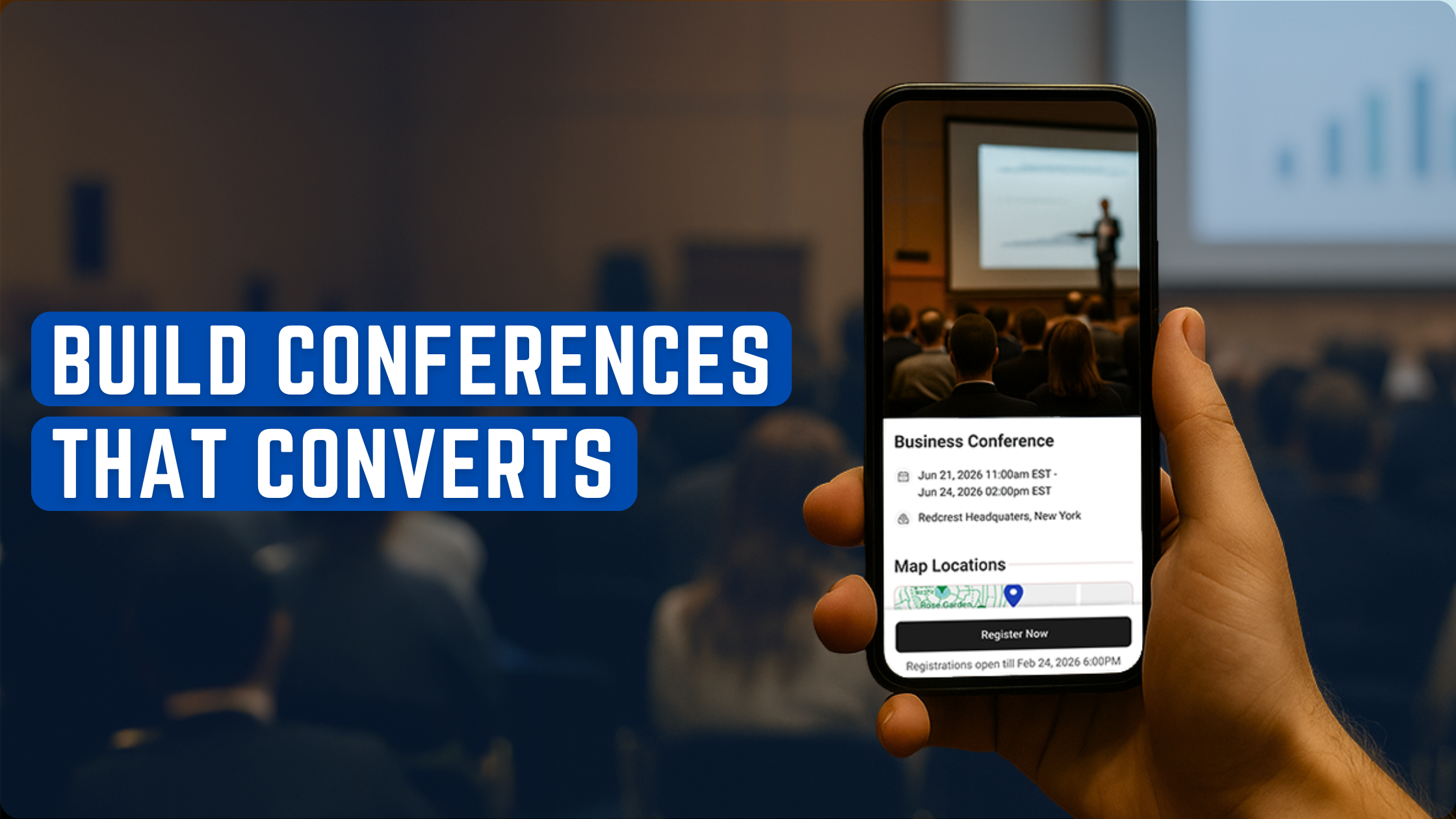If you're an event organizer, collecting feedback from attendees can help you understand what worked well and what didn't. However, analyzing feedback from a cultural event can be challenging, as it may involve people from different backgrounds and cultures. To get the most out of your customer feedback, you need to know how to analyze it effectively.
The first step in analyzing customer feedback from a cultural event is to identify common themes. This involves reading through all the feedback and looking for patterns in the responses. For example, you may notice that attendees from certain cultural backgrounds had different experiences than others. You can use this information to tailor your event to better meet the needs of different groups.
Another important aspect of analyzing customer feedback from a cultural event is to look for cultural nuances. This means paying attention to the specific language and phrasing used by attendees from different cultural backgrounds. For example, certain words or phrases may have different meanings in different cultures, and it's important to be aware of this when analyzing feedback. By taking cultural nuances into account, you can gain a deeper understanding of the feedback and make more informed decisions about how to improve your event.
Developing a Feedback Collection Strategy
When analyzing customer feedback from a cultural event, it is important to have a well-designed feedback collection strategy. Here are some steps to help you develop an effective feedback collection strategy:
Identify Feedback Channels
The first step is to identify the channels through which you will collect feedback. This could include online surveys, comment cards, social media, or focus groups. It is important to choose channels that are most relevant to your audience and that will provide you with the most accurate and useful feedback.
Designing Effective Surveys
Surveys are a common method of collecting feedback. When designing your survey, it is important to keep the questions clear and concise. Use simple language and avoid leading questions. Use rating scales to help quantify the feedback and make it easier to analyze. Consider including open-ended questions to allow customers to provide more detailed feedback.
Organizing Focus Groups
Focus groups are another effective way to collect feedback. They allow you to gather more detailed feedback and insights from a smaller group of customers. When organizing a focus group, make sure to recruit participants that are representative of your target audience. Prepare a list of questions and topics to discuss during the focus group. Make sure to record the session so you can analyze the feedback later.
By following these steps, you can develop an effective feedback collection strategy that will help you analyze customer feedback from your cultural event.
Analyzing and Interpreting Feedback
After collecting feedback from a cultural event, it's important to analyze and interpret the data to gain insights into the attendees' experiences. There are two main types of data analysis: qualitative and quantitative.
Qualitative Data Analysis
Qualitative data analysis involves analyzing feedback that is non-numerical and subjective in nature. This type of analysis can help you understand attendees' opinions, feelings, and experiences. To analyze qualitative data, you can use methods such as content analysis, thematic analysis, and discourse analysis.
Content analysis involves categorizing feedback into themes or categories to identify patterns and trends. Thematic analysis involves identifying recurring themes and patterns in the feedback. Discourse analysis involves analyzing the language used in the feedback to gain insights into attendees' perspectives and experiences.
Quantitative Data Analysis
Quantitative data analysis involves analyzing feedback that is numerical and objective in nature. This type of analysis can help you understand attendees' satisfaction levels and identify areas for improvement. To analyze quantitative data, you can use methods such as statistical analysis and data visualization.
Statistical analysis involves using statistical methods to analyze feedback and identify patterns and trends. Data visualization involves creating visual representations of the feedback data to make it easier to understand and interpret.
Cultural Sensitivity in Analysis
When analyzing feedback from a cultural event, it's important to be culturally sensitive in your analysis. This means taking into account the cultural context of the event and the attendees' cultural backgrounds. It also means being aware of any biases or assumptions that may affect your analysis.
To ensure cultural sensitivity in your analysis, consider the following:
- Use culturally appropriate language and terminology in your analysis.
- Be aware of cultural differences in communication styles and expressions of feedback.
- Take into account any cultural norms or values that may affect attendees' experiences and feedback.
- Avoid making assumptions or generalizations based on cultural stereotypes.
By analyzing and interpreting feedback from a cultural event using both qualitative and quantitative methods and being culturally sensitive in your analysis, you can gain valuable insights into attendees' experiences and identify areas for improvement.
Conclusion
In conclusion, analyzing customer feedback from a cultural event is crucial for understanding attendee preferences and improving future events. By collecting feedback through various channels such as surveys, social media, and email, you can gain valuable insights into what attendees enjoyed and what areas need improvement.
To streamline the process of collecting and analyzing feedback, consider using tools like Ticket Generator. They provide free ticket templates, QR codes for ticket validation, and ticket sharing options via social media platforms. Additionally, they offer event insights to help you analyze attendee preferences and optimize strategies for future events efficiently.
Ticket Generator also provides 10 free tickets after signup, making it a cost-effective solution for event organizers. By using QR codes for ticket validation, you can simplify attendee management and enhance event security.
Related Posts:
- Generating Event Insights Made Easy
- Streamlined Ticket Validation with the Ticket Generator
- Send Custom Tickets Seamlessly with the Ticket Generator
- Create Memorable Events with Ticket Templates
Overall, analyzing customer feedback is essential for creating memorable events that meet attendee expectations. By using tools like Ticket Generator, you can streamline the process and gain valuable insights to improve future events.






.gif)






